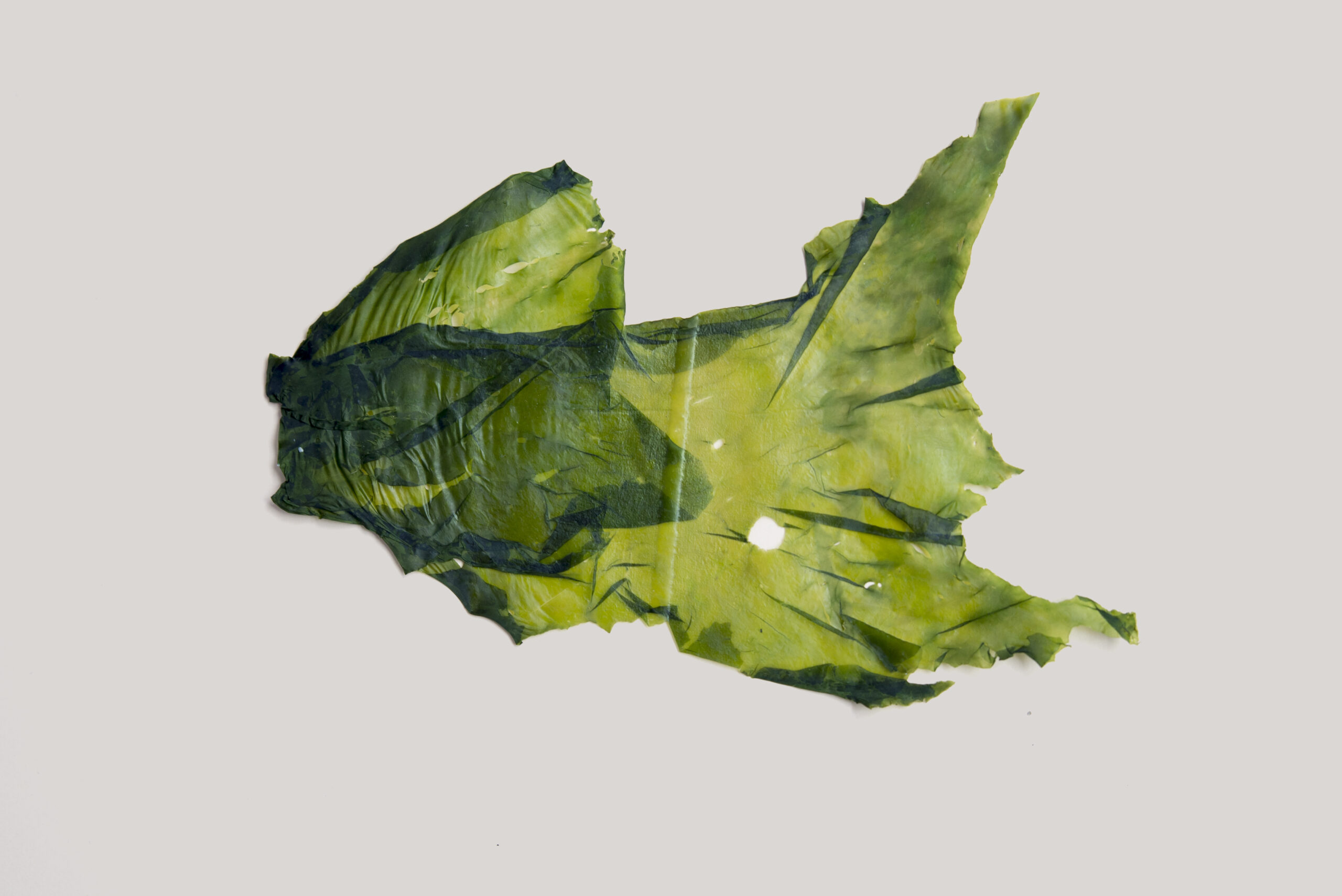Psychology Research Group, Ghent University
Professor Olivier de Clerk – Department Biology
Researcher Floriele Gonzaga – Department Biology
As the global population surges towards 9.8 billion by 2050, the demand for sustainable food sources becomes increasingly urgent. In this context, green seaweed, Ulva, commonly known as sea lettuce, stands out as a remarkable resource. Ulva, a genus of green macroalgae, is not only rich in essential nutrients but also holds promise for innovative applications, including textile production from its waste streams.
Ulva species are nutrient-dense, offering a rich source of proteins, fibers, polysaccharides, and essential minerals, making them a valuable addition to the food market. Their high protein content positions Ulva as a potential alternative protein source, addressing the growing need for sustainable nutrition solutions.
Ulva‘s ability to thrive under various environmental conditions—ranging from different light intensities to varying temperatures and salinities—enables it to produce high biomass efficiently. This resilience makes Ulva a prime candidate for large-scale cultivation, supporting the sustainable aquaculture industry. Moreover, Ulva’s rapid growth rates and high biomass yield contribute to its economic viability as a renewable resource.
One of the most exciting prospects of Ulva lies in the utilization of its waste streams. After extracting valuable proteins, the residual biomass can be potentially processed for textile production. This innovative approach not only maximizes resource efficiency but also aligns with the principles of a circular economy. By transforming waste into valuable materials, Ulva can contribute to reducing environmental impact and promoting sustainable industry practices.
The AlgaeVALOR project aims to revolutionize the cultivation of Ulva by developing culture methods and techniques. A thorough understanding of Ulva species’ life cycle and reproduction mechanisms is crucial for optimizing its growth and biochemical composition. This project investigates the effects of various manipulative treatments on Ulva‘s reproduction and growth. Embracing Ulva as a key player in sustainable development can help meet the food and material demands of a growing global population while mitigating environmental impact.

